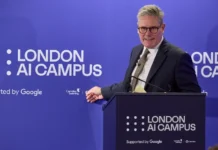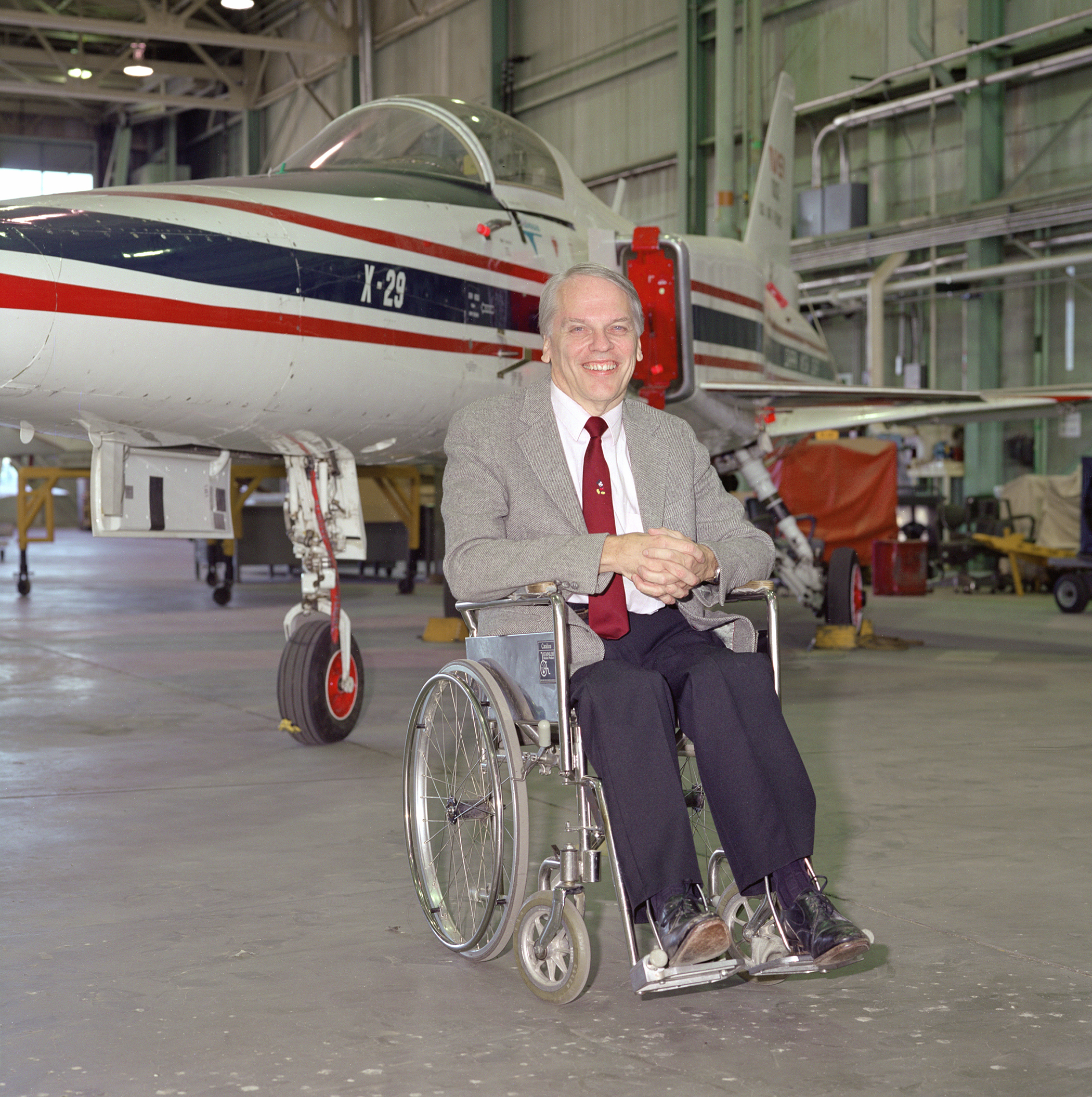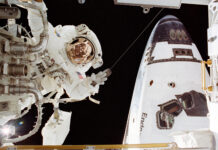Ken Iliff: A Luminary in Aerospace Engineering
In the early 1960s, while pursuing engineering at Iowa State University, Ken Iliff was immersed in the intricacies of glider flight simulation, a project that heralded the dawn of the computer revolution. At the time, computers were far from the sleek machines we know today. Instead, they were massive, room-filling devices, and programming them involved the laborious task of manually entering data onto punch cards. Iliff, like many of his contemporaries, had to scrutinize long paper printouts to analyze his results. It was during such an analysis that he discovered a critical error: his glider simulation showed the aircraft accelerating towards the ground, a flaw caused by a simple keystroke mistake—a plus instead of a minus.
This seemingly minor incident was a precursor to Iliff’s extensive career in aerospace engineering. His journey took him from Iowa to the NASA Flight Research Center, which we now know as the Armstrong Flight Research Center, located at Edwards Air Force Base. Iliff’s decision to join this center was driven by his desire to avoid the monotony of working in a large group of engineers doing similar tasks. He was drawn to the small, dynamic team at Dryden, where groundbreaking work was underway.
Once at NASA, Iliff’s tasks revolved around data analysis, an arduous process that required engineers to measure data from film using a ruler and a single reference line. This process, known as “reading up” data, involved taking measurements every tenth of a second. For a ten-second maneuver, this meant recording one hundred “traces” for each quantity being analyzed. Iliff quickly realized the inefficiencies of this method, observing that two engineers could arrive at completely different conclusions using the same data sets.
It was this realization that led Iliff to a revolutionary thought: “There just has to be a better way to do this.” His solution would not only transform data analysis at Dryden but would also have a profound impact on the broader field of computer-based scientific research.
Iliff’s work spanned several decades, during which he witnessed and contributed to some of Dryden’s most significant achievements, from the X-15 to the XB-70, and the early stages of the space shuttle program. The core of his innovation lay in the concept of parameter estimation. In simple terms, parameter estimation is a method used to extract precise information about an aircraft’s aerodynamic, structural, and performance characteristics from flight data. This involves formulating questions about an aircraft’s performance once the outcomes are already known and understanding the reasons behind those outcomes.
Iliff’s methodology, developed using Fortran and machine code, allowed researchers to derive accurate information from flight data, which previously had been based on best-guess estimates from wind tunnel simulations and other testing environments. Parameter estimation has since found applications beyond aerospace, extending its reach into fields like submarine research, economic modeling, and biomedicine.
Despite the significance of his contributions, Iliff humbly attributes his success to factors like a strong Midwestern work ethic and the early exposure to emerging computer technologies he received at Iowa State University. He often remarked that “all good engineers are a little bit lazy,” emphasizing the importance of innovation in finding easier solutions.
Iliff’s career at Dryden was marked by numerous accomplishments. He played a pivotal role in aerodynamic assessments and data analysis for various aircraft, including the X-15, M2-F1, M2-F2, M2-F3, HL-10, X-24B, and NASA’s space shuttles. His work contributed to research on the forward-swept-wing X-29, the F/A-18 High Angle of Attack program, F-15 spin research vehicles, thrust vectoring, and supermaneuverability.
When Iliff began working on the space shuttle program, it was merely a speculative idea in the realm of manned spaceflight. Alongside a team led by the late NASA research pilot and Dryden Chief Engineer Milt Thompson, whom Iliff regarded as a hero, they explored the possibilities of a new orbiting craft that would take NASA to new frontiers post-moon landing.
In an era characterized by informality and creativity, Iliff and his peers envisioned a reusable aircraft capable of launching, orbiting the Earth, and returning. Iliff’s role involved comparing potential aircraft designs in terms of size, speed, and performance. Together with Thompson’s team, they made crucial decisions, such as abandoning the idea of jet engines on the orbiter due to weight, risk, and inefficiency concerns.
Over time, Iliff and his colleagues meticulously developed the design details that would eventually lead to the shuttle fleet. Iliff fondly referred to this collaborative effort as a “love affair between the shuttle and the engineers.” Their research culminated in the creation of the now-legendary aero-data book, a comprehensive document that meticulously recorded every aspect of the shuttle’s design and performance data.
The aero-data book’s compilation was described as a “remarkably democratic process,” requiring consensus among a hundred independent minds and strong personalities on various aerodynamic principles, including heat, airflow, turbulence, drag, and stability. Iliff attributed the success of this monumental project to the unique culture at Dryden, which fostered collaboration and innovation.
Reflecting on the era, Iliff noted, “Big, complicated things don’t always come out like you think they will.” However, the Dryden team understood the concept of “informed risk,” thoroughly assessing risks before taking them. This approach ensured that no one ever undertook a project on the shuttle that was perceived as dangerous or likely to fail.
Iliff’s career at Dryden was not only marked by technical achievements but also by a commitment to mentorship and risk-taking. He cherished the opportunity to be part of such an era and acknowledged that it would be challenging to replicate in today’s bureaucratic environment.
After retiring in December, Iliff transitioned to a fulfilling retirement, alongside his wife, Mary Shafer, who also retired from a career as a Dryden engineer. Together, they planned to document their extensive travel experiences using new video and graphics software, with Iraq high on their travel list.
During his 40-year tenure, Iliff held various prestigious positions, including senior staff scientist of Dryden’s research division from 1988 to 1994 and later becoming the Center’s chief scientist. He received numerous awards, such as the Kelly Johnson Award from the Society of Flight Test Engineers in 1989, an honor permanently displayed at the Smithsonian National Air and Space Museum, and NASA’s Exceptional Scientific Achievement Award in 1976.
Iliff was inducted into the National Hall of Fame for Persons with Disabilities in 1987 and served on numerous national aeronautic and aerospace committees. He was a Fellow in the American Institute of Aeronautics and Astronautics (AIAA) and authored over 100 technical papers and reports. He delivered eleven invited lectures for NATO and AGARD (Advisory Group for Aerospace Research and Development) and served on four international panels as an expert in aircraft and spacecraft dynamics. He recently retired from his position as an adjunct professor of electrical engineering at the University of California, Los Angeles.
Iliff holds dual bachelor’s degrees in mathematics and aerospace engineering from Iowa State University, a master’s in mechanical engineering from the University of Southern California, and master’s and Ph.D. degrees in engineering management and electrical engineering from UCLA.
Iliff’s legacy is shared by a select group of American engineers, and there is a growing concern about the scarcity of such talent in NASA and other science-based organizations. However, Iliff remains optimistic, noting that after the X-1, people believed all significant advancements had been made, yet they hadn’t. If he were starting out today, he would explore fields like DNA research or biomedicine, where exciting discoveries await.
Iliff believes that while aerospace is currently experiencing a lull, military and space exploration will eventually regain prominence. He hopes that when that time comes, the flight research world will draw inspiration from Dryden’s early years, providing engineers with the freedom to succeed as he did.
In closing, Iliff warns against “Chicken Littles” and hopes that the government will have the strength to resist such influences, allowing future engineers the opportunity to innovate and thrive.
For further information on Ken Iliff’s remarkable contributions to aerospace engineering and his legacy, you can visit the original article on NASA’s Armstrong Flight Research Center’s website.
For more Information, Refer to this article.



































